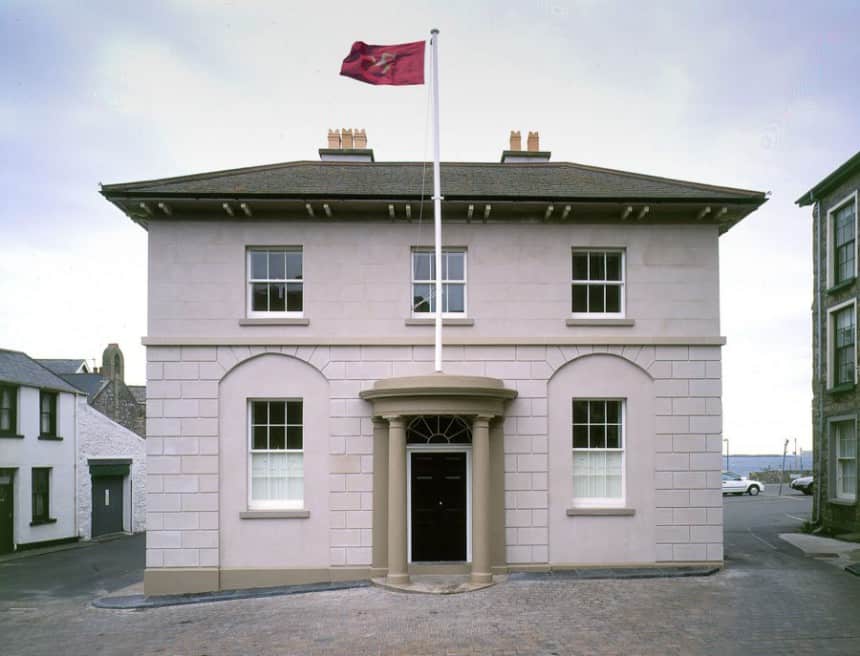The decline of the The Island of Mann staple industries such as tourism, farming and fishing after the Second World War meant that other industries had to be found to replace them and support the Island’s economy.
The Island’s ability to introduce different legislation to that found in the United Kingdom has not just been restricted to road closures and fast motorbikes. The Manx Government has also used legislation to change the structure of the Island’s economy.
By 1960 a new base was required for the Island’s economy and this was found by abolishing surtax (an additional tax on high earning individuals) and lowering taxes to attract new residents. Since that time the Manx Government has continued to introduce legislation which has helped to attract people to the Island and establish a growing finance and banking industry on the Isle of Man, in particular since the 1980s.
The growth of the Island as a financial centre and the scale of migration to the Island has led to a continued strengthening of the Manx economy and a significant increase in the population.
The Members of the House of Keys finally left their Chamber in Castletown in 1874 to move to Douglas and the building then became the Castletown branch of Dumbell’s Bank.
During its time as a Bank, the building underwent a number of physical changes. The first major adaptations were in the 1870s and included the removal of the ceiling of the Chamber to open the room up to the roof and the insertion of a lantern (a large skylight) to create an imposing Banking Hall in the old Chamber. The building was also repainted in a fashionable (and expensive) shade of blue and later repapered with new and contemporary wallpaper.
Following the financial collapse of Dumbell’s Bank in 1900, bringing ruin to a considerable number of companies and private investors, the building was taken over by Parr’s Bank.
One of the most noticeable visual changes to the building was made in the 1910s – 1920s, when the exterior render was removed to expose the limestone.
The building continued to be used as a bank and in the 1960s, the upper floor was put back into the old Chamber. It was later used as the home of the Castletown Commissioners and the Castletown Rural Library


Leave a Reply